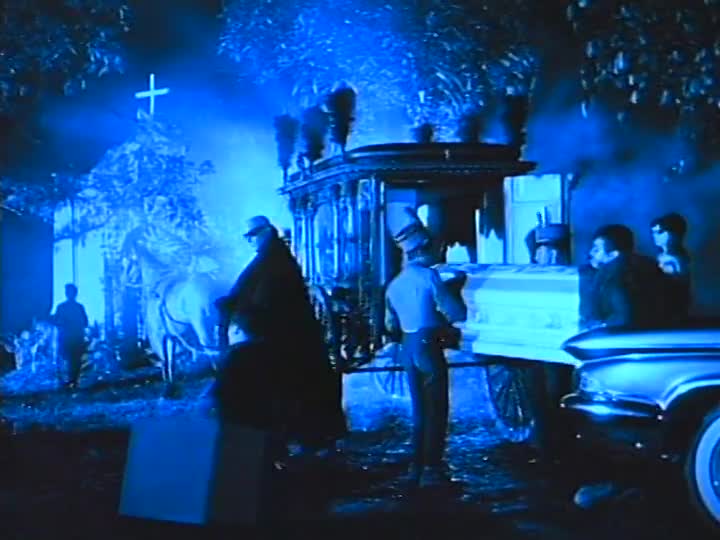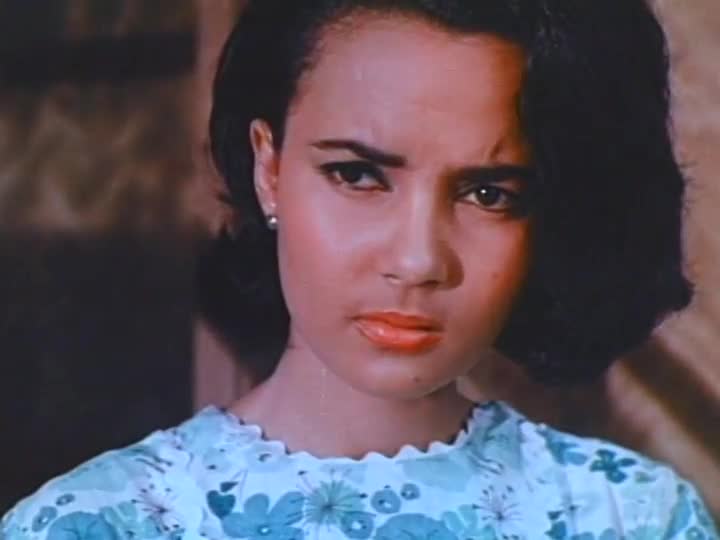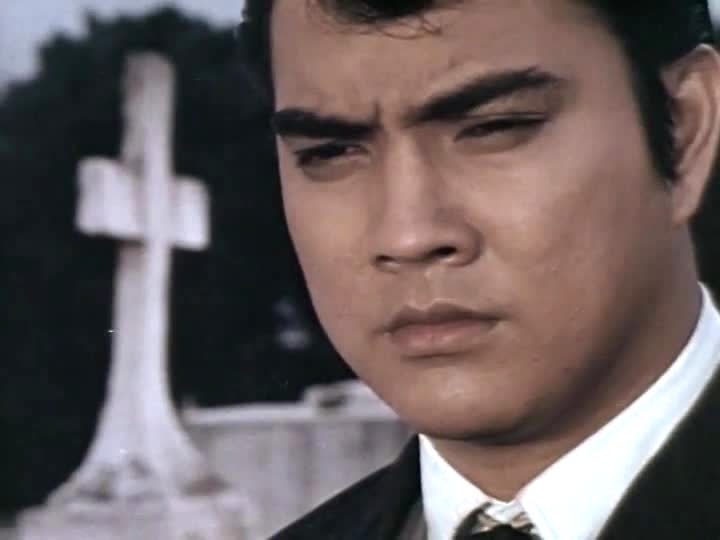The sacred and the profane are often in very close proximity in Filipino cinema, even Filipino exploitation cinema. An anomaly as a predominantly Catholic nation in Asia, the former Spanish colony is a place where faith runs high: As recently as 2010 it was estimated that less than 0.1% of its approximately 100 million citizens consider themselves atheist or agnostic. As in many countries long influenced and ruled by foreign powers, traces of traditional indigenous belief systems can still be found in popular culture, often right alongside elements of the imported, more officially condoned ones like Roman Catholicism.
As a result, you often get a bigger dose of salvation with your cinematic sin in Filipino movies than you might elsewhere. Today’s explicitly “faith-based entertainment” enterprises aside, U.S. audiences have grown (since the early silent era, really) unaccustomed to overt religious messages onscreen. Our cinema these days may well be full of supernatural (or at least super-heroic) phenomena, but those mythologies are considered purely escapist. In the Philippines, however, it remains permissible to mix lurid melodrama with earnest pleas for intervention from Above.
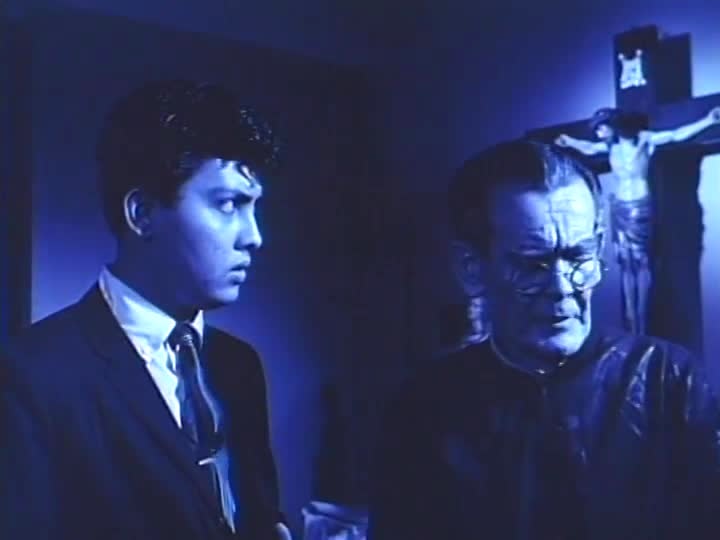
That is certainly the case in Blood is the Color of the Night, a 1964 shocker also variously known as The Blood Drinkers and The Vampire People. Vampires were not new to Filipino film, or culture. The country’s very first “talkie” feature in 1933 was Ang Aswang a.k.a. The Vampire, based on the widespread pre-Christian folkloric creature of a shape-shifter (often female, and mixing characteristics Westerners might associate with both vampires and werewolves) that particularly relishes feeding on young children and fetuses still in the womb. (They access the latter by means of grotesquely long, sucking antennae-like parts.) The aswang is a popular fantasy figure in entertainment even today.
But Color of the Night hews much closer to the European notion of “vampire” as defined by Bram Stoker, Hollywood, Nosferatu (the main bloodsucker here is likewise eerily chrome-domed) and the then-concurrent run of Hammer Studio horrors from England. Like the latter, it has a heavy-breathing Gothic atmosphere of lust and morbidity, expressed largely in exaggerated lighting shadow-play and gaudy primal hues.
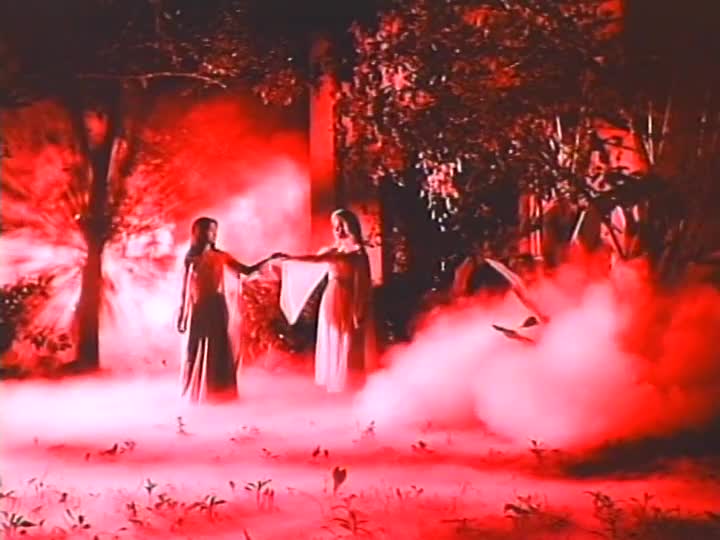
The use of color is especially striking here because, like a silent film, much of the feature is actually black-and-white footage given various bold tints in the lab, from eerie moonlit blue (in the many day-for-night-shot sequences) to the inevitable blood red. These effects are mixed freely with a minority of full-color scenes, creating a weird aesthetic possibly born of financial necessity (perhaps the filmmakers would have used regular color stock throughout if they could have afforded it), but all the more arresting for it. Director Gerardo de Leon, probably the Philippines’ most celebrated filmmaker at the time, was noted his ability to provide an elegant professional sheen under frequently tight budgetary circumstances. That’s certainly the case here, as the lush visuals throb with an otherworldliness that a hectic, melodramatic screenplay (adapted from an adult comic book) might never have summoned on its own.
Already a vampire, Dr. Marco (Ronald Remy) is still in love with his beautiful betrothed Katrina (Amalia Fuentes). But she hovers between life and death, barely sustained by blood transfusions in his cemetery-crypt “mad scientist” lab. He decides she can only truly be saved via a heart transplant operation he’ll perform himself. For this purpose, he forces her aristocratic mother (Mary Walter) to reclaim the twin daughter (Fuentes again, as Charlito) she’d abandoned to poor relatives twenty-years before. The duly caped, fang-bearing Marco makes short work of those foster parents, as well as numerous nubile young maidens who seem forever to be wandering around the humid countryside, necks bared.
Others terrorizing the bewildered Charlito include his assistants Tanya (Eva Montes), a sexy vamp who enjoys having blood licked off her torso after he’s whipped her; the inevitable hunchbacked, drooling “Igor”-type slavey; and the even more inevitable (at least in Filipino horror of this era) malevolent dwarf. On her side, she’s got various suitors (including one who balcony-serenades her while walking a water buffalo on a leash), torch-bearing angry villagers, and the local priest.
It’s the latter who periodically sounds the most overtly religious notes here, somewhat jarringly (by Western standards) complicating the usual supernatural business of bats, crucifixes, wooden stakes and silver bullets with blunt references to Satan and Jesus. Indeed, the film’s single most shocking interlude is when the simple power of prayer briefly transforms Marco and Katrina from cursed ghouls of the night back to ordinary mortals, joyfully shouting “We’re free!” as they gambol about flower-fields in the sunlight. Alas (and somewhat bewilderingly), this salvation proves all too brief.
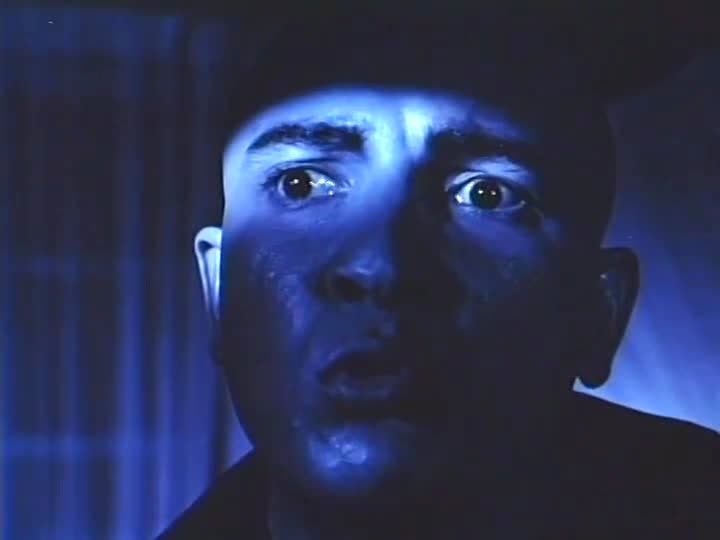
Interestingly, Blood is the Color of the Night is the rare vampire of its era in which the principal bloodsucker is left undestroyed, the priest duly reminding us that, after all, “Satan will always be with us on this Earth…who can trap the Devil himself?” Yet the film also posits Marco as no less a prisoner of love than Gary Oldman in the Francis Ford Coppola Bram Stoker’s Dracula nearly three decades later. For all the talk of good and evil here, in actual practice their definitions do tend to blur.
A prestigious, much-awarded figure who despaired at the increasingly exploitation-oriented Filipino film industry’s disinterest in more serious subjects (he preferred issue-oriented dramas like 1961’s The Moises Padilla Story), de Leon nonetheless found himself reluctantly shifting with the times. In fact he was a major player in that evolution, having directed 1959’s influential horror hit Terror is a Man and (along with frequent collaborator Eddie Romero) other subsequent variations on H.G. Wells’ “manimal” fantasy novel The Island of Dr. Moreau, including 1968’s The Mad Doctor of Blood Island. He even directed one (Women in Cages) among the myriad sexploitative “women in prison” that dominated U.S.-Philippines co-productions destined for grindhouses and drive-ins in the early 1970s.
The flamboyantly Gothic Color of the Night might seem an anomaly in this oeuvre if de Leon hadn’t, in fact, made a companion piece to it a few years later. Its year of production variously listed as anywhere between 1966 and 1971, Blood of the Vampires, a.k.a. Whisper to the Wind is even more concerned with guilty secrets stretching beyond the grave, as the aristocratic Escondero clan comes to terms with its skeletons in the closet.
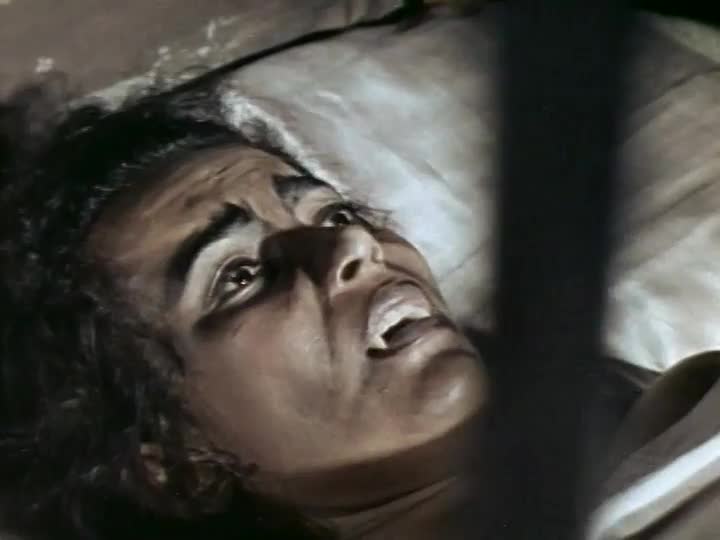
Or rather undead in the basement: To her horror, the clan’s jeune fille (Fuentes again) discovers that dad has been hiding mom (Walter again) in a cellar, chained to keep her vampiric bloodlust from infecting the rest of the family. Unfortunately, that’s exactly what happens once the children learn she’s still alive…sorta. Shot in full color, this supernatural soap opera climaxes with more high Catholic pageantry than you’d find at a cathedral on Palm Sunday. Satan’s influence is duly vanquished—at least until his services are required for another local horror opus.


